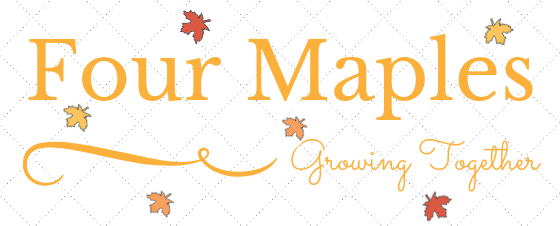 |
| "What? I'm listening! Can't you tell?" |
Whatever the reason, a child who struggles with quiet whole body listening can be the recipient of constant correction and scolding, and can result in a very discouraged or frustrated teacher (not that I can relate to that... ahem... cough cough... shuffles away quickly).
Good whole body listening can and should be taught, encouraged, and reinforced in children and adults alike. While expectations of the parent/teacher should be tempered by the child's individual ability (age/development are huge factors in this!), every child can learn to show respect and interest in someone who is talking to him or her, even for short periods of time.
 |
| I SEEEE YOU! I HEEEAR YOU! |
Our wonderful speech pathologist/social skills therapist provided us with several visual resources to help us with whole body listening:
Listening booklet - This 1/2 page printable booklet clearly explains how we listen to others, including our teachers. It also helps a student learn when they can talk aloud and when we need to listen with our lips closed. The booklet explains what others are thinking when we listen quietly to them (others think you are polite and what they are saying is important to you). You could make more than one copy and keep one in their backpacks, at their desk, at home, put one into their church bag, etc.
Parts of a Listener printable - this adorable poster identifies the different parts of your body that are used when listening: eyes for looking at whoever is talking, a mouth for sharing ideas when it's your turn, hands still so they don't distract others, etc. We have found great success reviewing all of these parts of a listener just before a lesson during school and at church in our special needs Sunday School class. The download is only a dollar, so it's inexpensive too!
 |
| Source |
Parts of a Friend printable - created by the same teacher, this covers similar information but is more specific to how to be a friend in the way you listen, care, and think about another person. Great for kids who struggle with social awareness.
Fidgets - Your child might also benefit from holding a fidget in their hands/lap while listening to relieve sensory seeking or release need to move and wiggle. (I've also seen kids sit on some fidgets! Whatever works!) As long as it is kept under a desktop out of sight, this can be very helpful for some while avoiding visual distraction to themselves and to others. Click here for some examples and to find something that might work for you.
The important thing to remember is make learning how to listen a positive experience, and to celebrate the small victories - five minutes of sitting quietly and attentively is a huge milestone for some kids, and should be recognized and praised! And consider rewarding excellent whole body listening by following up with a wiggle-friendly activity or free play.
What things help you or your child to listen well?
